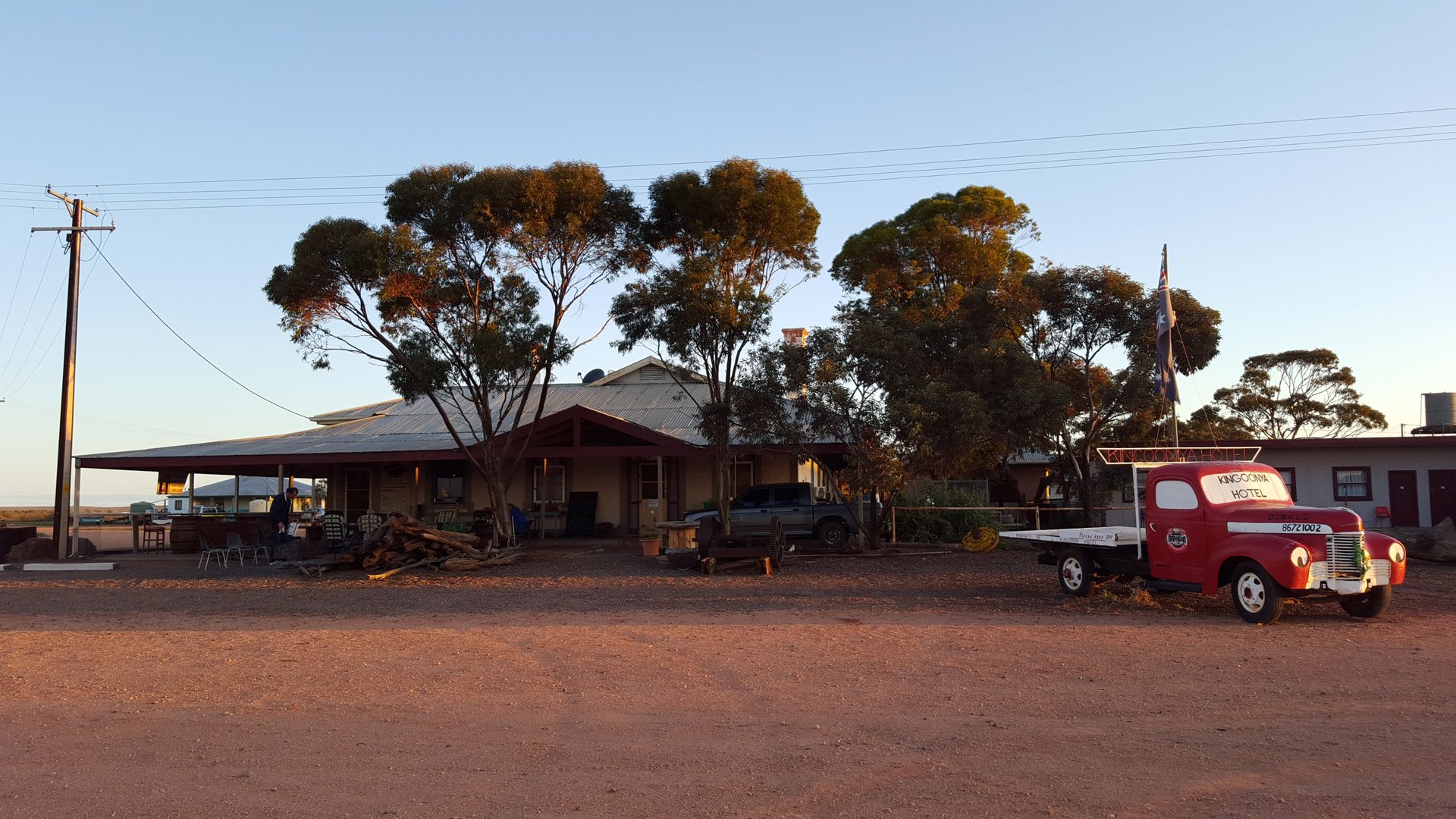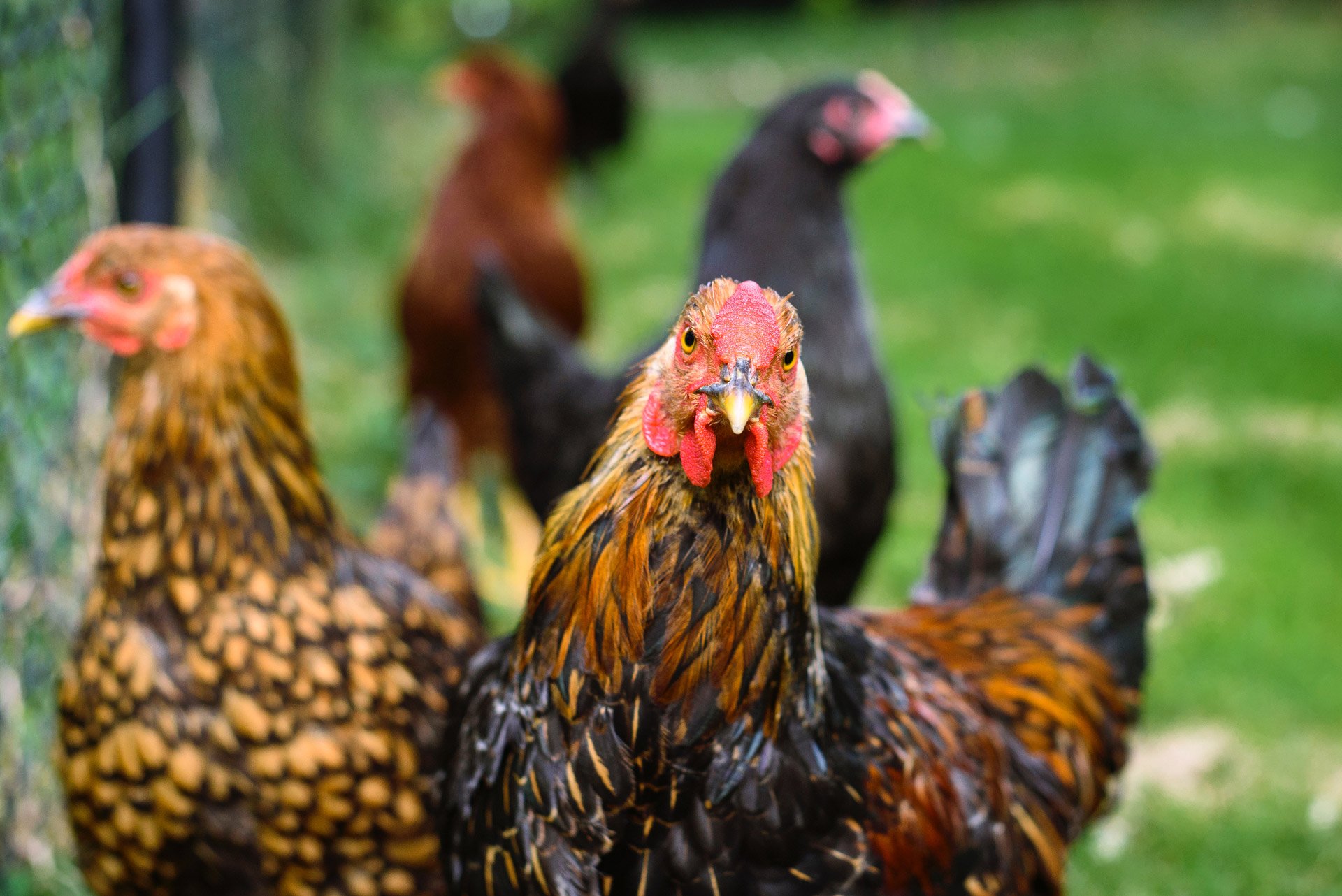A Quick Guide to the Second Year Working Holiday Visa in Australia
So you’ve come down under for a Working Holiday, fallen in love with Oz and now you want to stay longer? We don’t blame you. The good news is that you might be eligible for a second visa. But you will have to meet certain conditions first. Here’s our step by step guide on the Second Year Working Holiday Visa in Australia. From specific jobs to regional work and how to apply.

THE BASICS
What is a Second Year Working Holiday Visa?
Simply put, the Working Holiday Visa (Subclass 417) and (Subclass 462) are temporary visas that allow travellers between the age of 18-30 to live and work in Australia for up to one year as part of a cultural exchange. The second year visa is essentially an extension of the first year visa, available up until your 35th birthday (dependant on your country of origin), but not if you leave Australia without having completed the eligibility requirement.
Who can get a Second Year Working Holiday Visa?
Just like the first Working Holiday Visa, you will need to be under 35 years old, have a valid passport (for at least 6 months), no dependent children with you and you must have completed 3 months/88 days of regional work during your first visa period.
Those who qualify for a Subclass 417 Visa must hold a passport from the following countries:
- Canada
- Republic of Cyprus
- Denmark
- Estonia
- Finland
- France
- Germany
- Hong Kong
- Republic of Ireland
- Italy
- Japan
- Republic of Korea
- Malta
- Netherlands
- Norway
- Sweden
- Taiwan
- United Kingdom
Those who qualify for a Subclass 462 Visa must hold a passport from the following countries:
- Argentina
- Austria
- Chile
- China, People’s Republic of
- Czech Republic
- Hungary
- Indonesia
- Israel
- Luxembourg
- Malaysia
- Peru
- Poland
- Portugal
- San Marino
- Singapore
- Slovak Republic
- Slovenia
- Spain
- Thailand
- Turkey
- United States of America
- Uruguay
- Vietnam

What exactly is ‘specified’ work in Australia?
In order to qualify for the second year visa, you must complete three calendar months (or 88 days) of ‘specified’ work in regional Australia while on your first Working Holiday (417) visa.
There are slightly different criteria for the type of work that can qualify towards the second year for the 417 subclass and 462 subclass:
What are the areas considered ‘specified’ work on the 417 visa:
- Plant and animal cultivation
- Fishing and pearling
- Tree farming and felling
- Mining and construction
Examples of eligible ‘specified’ work could include:
- picking fruits on an orchard
- feeding and herding cattle on a farm
- horse breeding and stud farming
- landscaping the grounds of a construction/house site
- painting the interior/exterior of new buildings
- conservation and environmental reforestation work
- zoo work involving plant or animal cultivation
- erecting fences on a construction site
- scaffolding
Examples of ineligible ‘specified’ work:
- ship/boat building
- performing specialised social science services (such as anthropological and archaeological assessments) for mining companies
- town planning or architecture
- working as a nanny on a farm
- working at a cellar door providing wine tastings
- manufacturing materials used on a construction site (such as concrete or steel)
- cooking/catering on a mine site
- cleaning the interior of mine complexes or buildings
Australian farm work is the most popular method of getting the second year (417) visa, but there are other options too. You can do it without farm work, but you still have to follow the above rules. It’s super important to check that the position is eligible under the Australian Government’s new specified work rules.
For a more detailed information on eligible specified work, click here and then scroll down to click 'Visa applicants' and then to 'Specified work.'
Whereas if you’re on the 462 visa, you can do any of the following:
- Plant and animal cultivation
- Fishing and pearling
- Tree farming and felling
- Tourism and hospitality (but only certain roles)
Examples of eligible ‘specified’ work could include:
- picking fruits on an orchard
- feeding and herding cattle on a farm
- horse breeding and stud farming
- conservation and environmental reforestation work
- zoo work involving plant or animal cultivation.
- a chef in a restaurant
- a dive instructor
- a tour bus driver
Examples of ineligible ‘specified’ work:
- working as a nanny on a farm
- working at a cellar door providing wine tastings
- cleaning work in a restaurant
- driving a school bus
- working as a sales assistant in a souvenir shop

Where can you complete your ‘regional’ work?
The location you’re working in needs to be considered to be in a regional area. You don’t want to complete your 88 days to discover it doesn’t actually qualify you for a second visa!
The government wants workers to head to rural areas, which depend on an additional workforce. So not all regions are eligible for the program. According to the scheme you must work in a place with a postcode that qualifies for the program.
For 417 subclass, almost all areas of Australia qualify for the Second Year Working Holiday Visa, except in:
- New South Wales: the Sydney metropolitan area, Newcastle, Central Coast and Wollongong
- Queensland: the Greater Brisbane area and the Gold Coast
- Victoria: the Melbourne metropolitan area
- Western Australia: Perth and surrounding areas
Yes, Adelaide is considered regional. Darwin is regional. Tasmania is even regional. Check here to make sure your area is eligible.
For 462 subclass, work has to be above the North of the Tropic of Capricorn in Queensland, WA or in the entire state of NT. Check here to make sure you’re working in an eligible area.

How do you calculate your 88 days (3 months)?
Calculating your hours and days properly is important. Three months = three ‘calendar’ months and the average Australian working week is 35-40 hours.
Therefore, one full day of work is defined as 7-8 hours of work during the day.
This is where it can get confusing! Full timers can include weekends in calculating the number of days. For example, if you worked 5 days (working 7-8 hours per day) you can count that as 7 days worked.
If your job is part-time or casual, you may only count the full days actually worked. If you have worked fewer hours per day (say 5 hours per day), you must work 7 days to reach the 35-40 hour work week for the full week to be counted.

Do you need to work with the same employer for the whole 3 months?
You can either work in one block with the same employer, in separate blocks with one employer or a number of employers. Days of work may be in different kinds of specified work. For example, you can complete 60 days of harvest work, travel for a month and complete another month in a construction job to get your 88 days.
How much money do you need to be earning for your regional work to count?
In order for your days to be signed off, you must be earning at least the legal minimum wage for the work you complete. If you are employed on a full-time contract, this is $17.70 per hour (before tax). If you are employed on a casual contract, this is $24.30 an hour (before tax). All Australian employers are legally obligated to provide their employees with payslips for any work they undertake.
There is one exception to this which is piece rate agreements (meaning you’re paid for each ‘piece’ eg. fruit, you ‘pick’ on a farm). However, if you are getting paid by piece rate, you must have an agreement signed before beginning the work outlining your rates.

OK, I’M READY TO APPLY
How to apply for a second year visa?
1. Application
You can apply for a second Working Holiday Visa online on the government website: www.homeaffairs.gov.au. You can apply for this from in or outside Australia. If you apply in Australia, you must be in Australia to be granted your visa and vice versa.
You will need evidence of your completed specified work for your application:
- Keep copies of your payslips, bank statements, tax returns, employer references or group certificates - these are key, they will give you evidence of work done and payment received.
- Take some photos (at least one photo per week where you are clearly visible), keep bus tickets, basically any evidence that shows your presence in the area while working.
SUBCLASS 417: Get your employers to complete Form 1263: Working Holiday Visa Employment Verification
OR
SUBCLASS 462: Get your employers to complete Form 1464: Work and Holiday Visa: Employment Verification
Important: For the 462 Visa you will also need a letter of support from your home government with your application. Use this checklist to ensure you have all supporting evidence before completing your application for subclass 462!
2. Fees
The working holiday visa can be paid for directly on the Australian Government’s website and costs AUD $440. The visa can also be requested by mail. However, this process takes several weeks and is more expensive ($80 aussie dollars more).
3. Processing time
Some applications are granted within a few hours, others are investigated and can take up to 2 months. You will usually receive the visa within 48 hours after you send your application. In the past, over 75% of all applications were processed within 6 working days. Make sure you upload all your supporting evidence at the same time to avoid any delays in processing your application.
Once you submit your application, you will be granted a bridging visa; if you apply for your second year and your first visa is about to expire, you will be able to remain in Australia and to work while waiting for your second year visa while on a bridging visa.
Once you have opened a visa application, you will receive a Transaction Reference Number (TRN). With this number, you can always check the status of your visa here.

Where can you find jobs that count towards your second year visa?
Harvest Trail are extremely helpful when it comes to helping you find work. Just give them a call and tell them which area you're in, and they can tell you if there's any available work! The number to call them is 1800 062 332, or you can search online.
Gumtree is a great resource for finding work. The only thing is there will be hundreds of other backpackers doing the same thing as you. When you search, try using the keywords 'second year visa' and you should get plenty of results. Remember to check the website a couple of times a day as there are always new posts being added!
If you’re a traveller with The Global Work & Travel Co., simply get in touch with your Trip Coordinator who’ll do the organising for you. We have dozens of Partner Organisations that qualify for the Second Year Working Holiday Visa.
If all else fails, there are loads of Facebook groups out there, brimming with advice. A few good places to start are:
